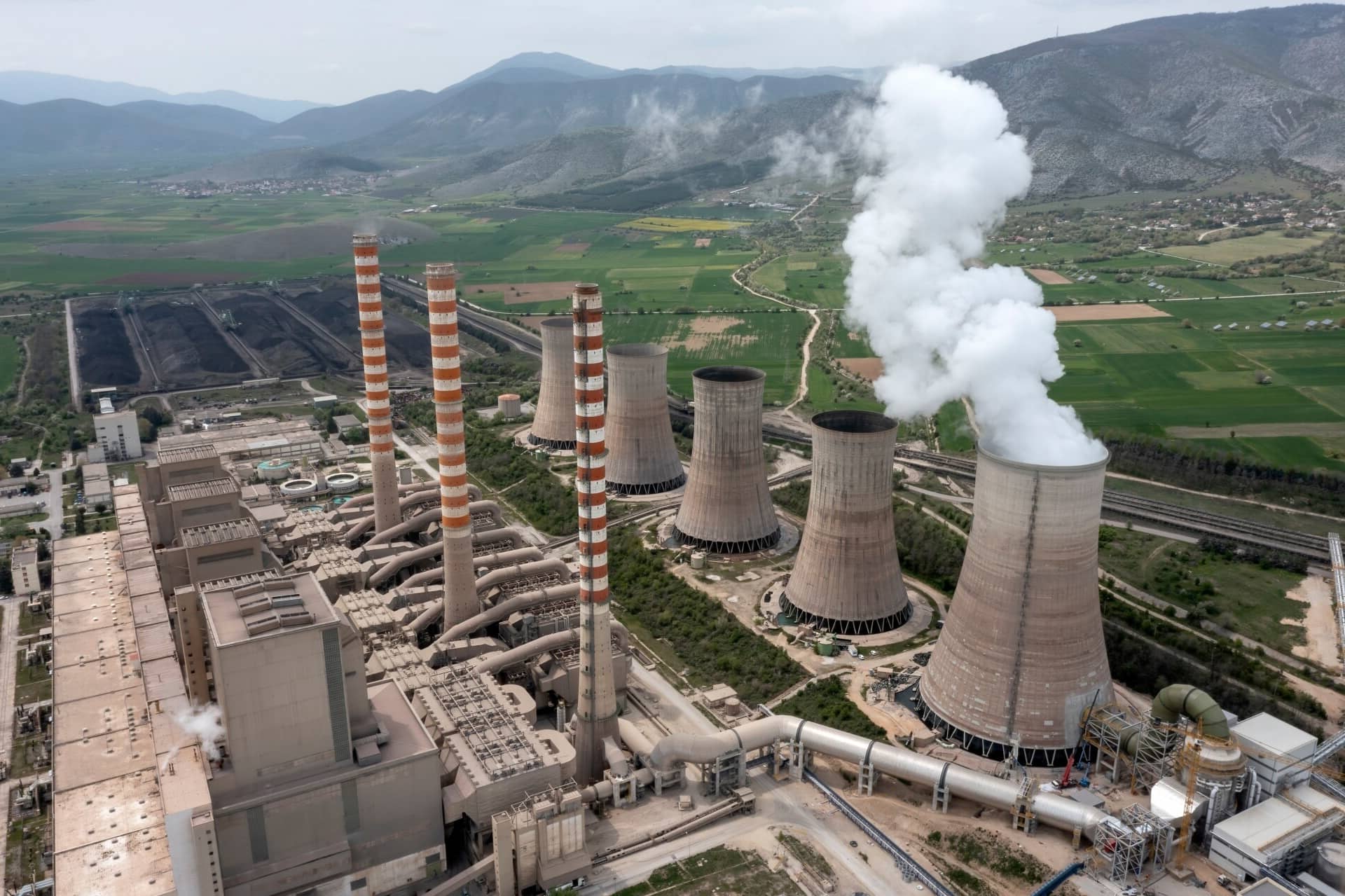
Nuclear reactors are fascinating machines that generate power by harnessing the energy from nuclear fission. But how much do you really know about them? Did you know that the first nuclear reactor was built in 1942? Or that there are over 440 reactors operating worldwide today? These reactors provide about 10% of the world's electricity. They work by splitting atoms, usually uranium or plutonium, to release energy. This energy heats water, producing steam that drives turbines to generate electricity. Despite their benefits, nuclear reactors also pose risks, such as radiation leaks and nuclear waste. Understanding these complex machines can help us appreciate their role in our energy landscape. Ready to learn more? Let's dive into 25 intriguing facts about nuclear reactors!
Key Takeaways:
- Nuclear reactors harness atomic energy to generate electricity through a process called nuclear fission. They come in various types, each with unique features and safety measures to ensure their safe operation.
- While nuclear power has low greenhouse gas emissions, it also poses challenges such as long-term storage of radioactive waste and thermal pollution. Understanding these impacts is crucial for making informed decisions about energy sources.
What is a Nuclear Reactor?
Nuclear reactors are fascinating machines that harness the power of atomic nuclei. They generate electricity by splitting atoms, a process known as nuclear fission. Let's dive into some intriguing facts about these powerful devices.
-
Nuclear fission involves splitting the nucleus of an atom into smaller parts, releasing a tremendous amount of energy.
-
Uranium-235 is the most commonly used fuel in nuclear reactors. It's chosen because it easily undergoes fission.
-
Control rods made of materials like boron or cadmium are used to control the fission process. They absorb neutrons, slowing down the reaction.
-
Coolants such as water, liquid metal, or gas are used to transfer heat away from the reactor core.
-
Pressurized Water Reactors (PWRs) are the most common type of nuclear reactor. They use water as both a coolant and a moderator.
How Do Nuclear Reactors Work?
Understanding the inner workings of nuclear reactors can be complex, but breaking it down into simpler parts helps. Here's how they operate:
-
Nuclear fuel is loaded into the reactor core, where the fission process begins.
-
Heat generated from fission is used to produce steam from water.
-
Steam drives turbines connected to generators, producing electricity.
-
Containment structures are built around reactors to prevent the release of radioactive materials.
-
Spent fuel is highly radioactive and must be carefully stored or reprocessed.
Types of Nuclear Reactors
There are several types of nuclear reactors, each with unique features and uses. Here are some of the most notable ones:
-
Boiling Water Reactors (BWRs) boil water directly in the reactor core to produce steam.
-
Fast Breeder Reactors (FBRs) generate more fuel than they consume by converting fertile material into fissile material.
-
Heavy Water Reactors (HWRs) use heavy water (deuterium oxide) as a moderator, allowing them to use natural uranium as fuel.
-
Gas-cooled Reactors (GCRs) use carbon dioxide or helium as a coolant and graphite as a moderator.
-
Molten Salt Reactors (MSRs) use molten salt as both a coolant and a fuel carrier.
Safety Measures in Nuclear Reactors
Safety is paramount in nuclear reactors. Numerous measures are in place to ensure their safe operation:
-
Multiple safety systems are designed to shut down the reactor in case of an emergency.
-
Redundant systems ensure that if one safety system fails, others can take over.
-
Regular inspections and maintenance are conducted to identify and fix potential issues.
-
Emergency planning zones are established around reactors to protect the public in case of an accident.
-
International regulations and guidelines are followed to maintain high safety standards.
Environmental Impact of Nuclear Reactors
Nuclear reactors have both positive and negative environmental impacts. Here are some key points:
-
Low greenhouse gas emissions make nuclear power a cleaner alternative to fossil fuels.
-
Nuclear waste is highly radioactive and requires long-term storage solutions.
-
Thermal pollution occurs when hot water used as a coolant is released back into the environment, affecting aquatic life.
-
Land use for nuclear power plants is relatively small compared to other energy sources like solar or wind farms.
-
Decommissioning old reactors is a complex and costly process, but necessary to ensure environmental safety.
The Power of Nuclear Reactors
Nuclear reactors play a huge role in generating electricity worldwide. They provide a reliable and efficient energy source, reducing our dependence on fossil fuels. Despite concerns about safety and waste, advancements in technology have made modern reactors safer and more efficient. Countries continue to invest in nuclear power to meet growing energy demands while addressing climate change.
Understanding these 25 facts about nuclear reactors helps us appreciate their complexity and importance. From their history to their impact on the environment, nuclear reactors remain a critical part of our energy landscape. As technology evolves, so will our ability to harness nuclear power more safely and sustainably.
Stay informed and curious about how nuclear energy shapes our world. It’s a fascinating field with ongoing developments that promise to change how we think about energy and sustainability.
Frequently Asked Questions
Was this page helpful?
Our commitment to delivering trustworthy and engaging content is at the heart of what we do. Each fact on our site is contributed by real users like you, bringing a wealth of diverse insights and information. To ensure the highest standards of accuracy and reliability, our dedicated editors meticulously review each submission. This process guarantees that the facts we share are not only fascinating but also credible. Trust in our commitment to quality and authenticity as you explore and learn with us.
